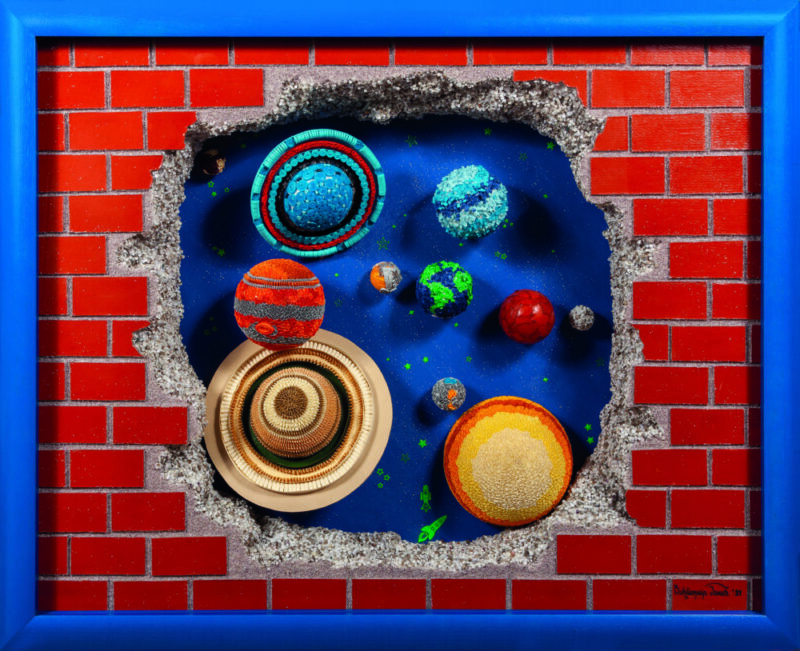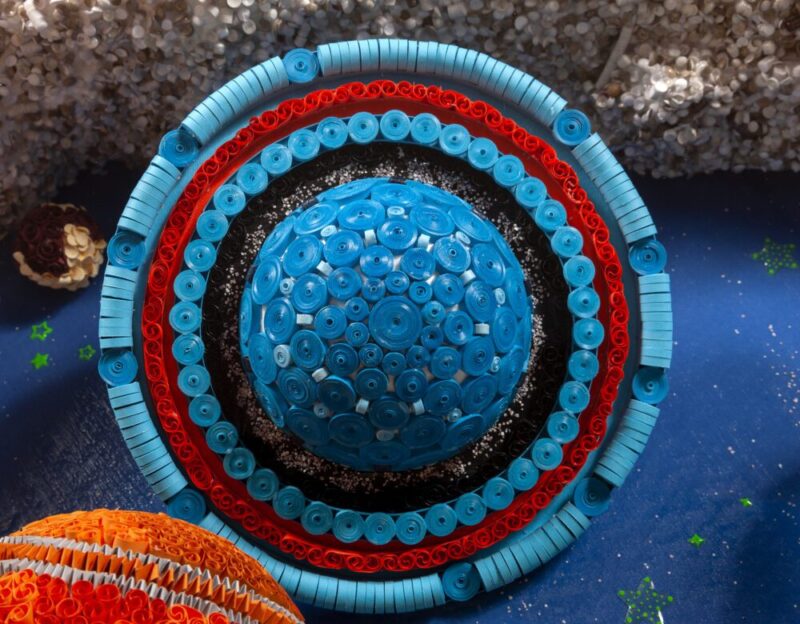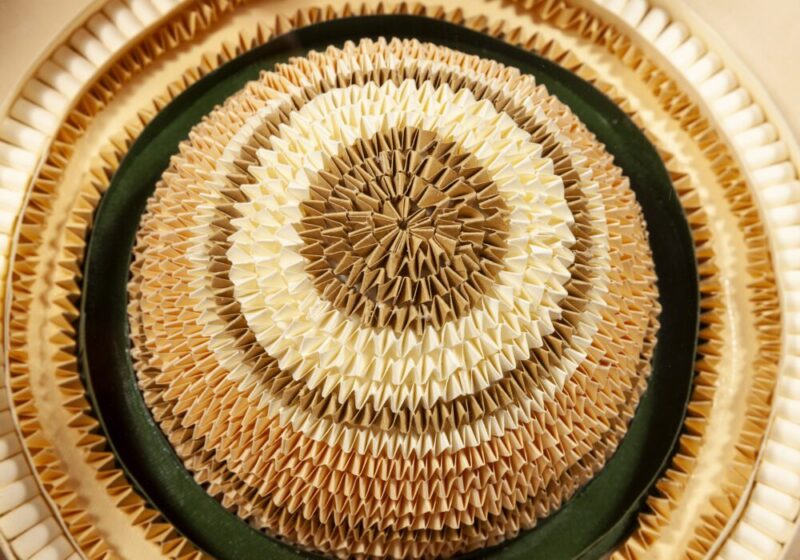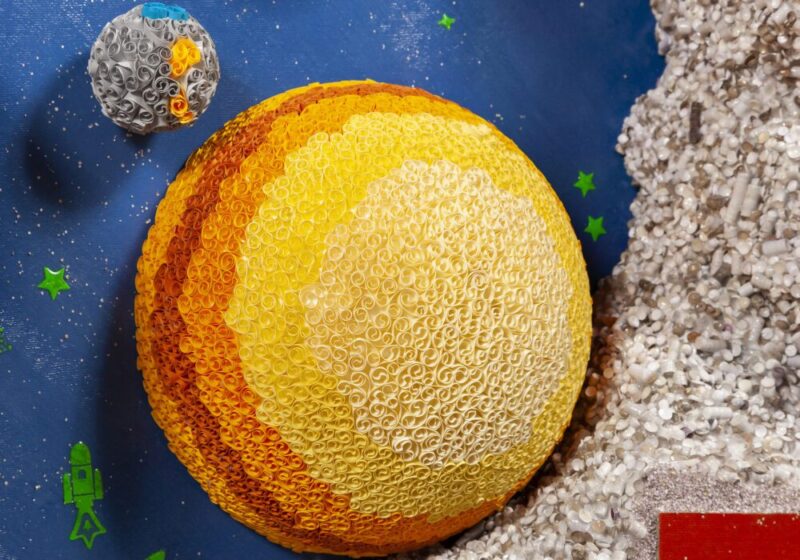Solar System
When observed objectively, the color palette in this solitary world is rather limited. In fact, the absence of color is more evident. There are various shades of yellow-browns and a plethora of gray shades. It is the Earth, which stands out due to the blue colors of its oceans and the vivid combination of green and turquoise covering the inhabited and vegetative regions.
The display of the Solar system in this work of art is undoubtedly modified with the aim of enriching its color palette to make it more interesting and appealing to the eyes of our little researchers. There are eleven celestial bodies presented: the Sun, Mercury, Venus, Earth, Moon, Mars, Jupiter, Saturn, Uranus, Neptune and Pluto.
Neptune, the eighth planet, and one of the most distant ones from the Sun, is a very cold planet. Scientists claim that strong winds are blowing up there. Neptune has its rings, as does Saturn. Math behind the beauty of the Fibonacci sequence or pattern can be discovered by perceiving one element of this artistic composition, the author hopes that observers will discover it.








